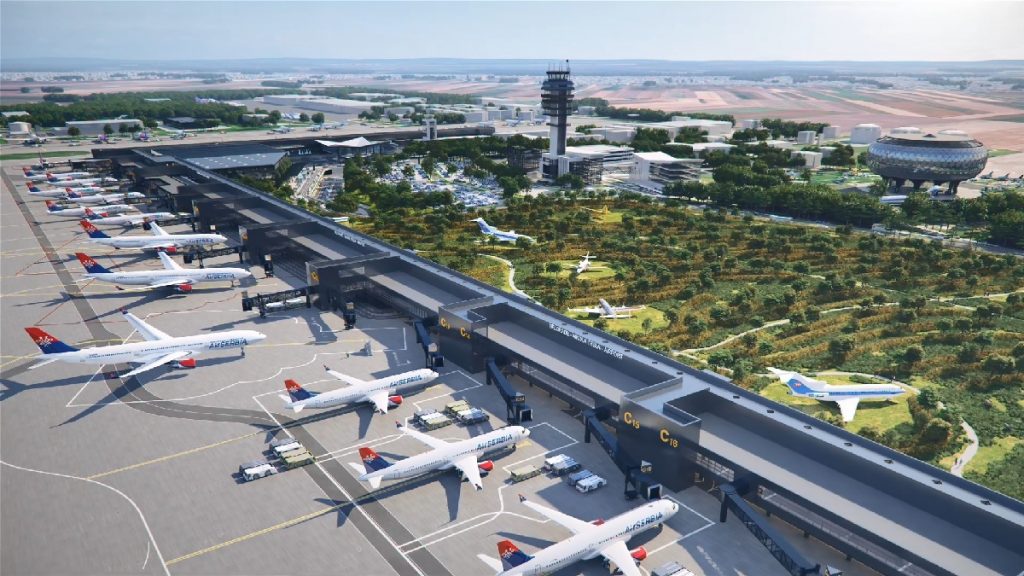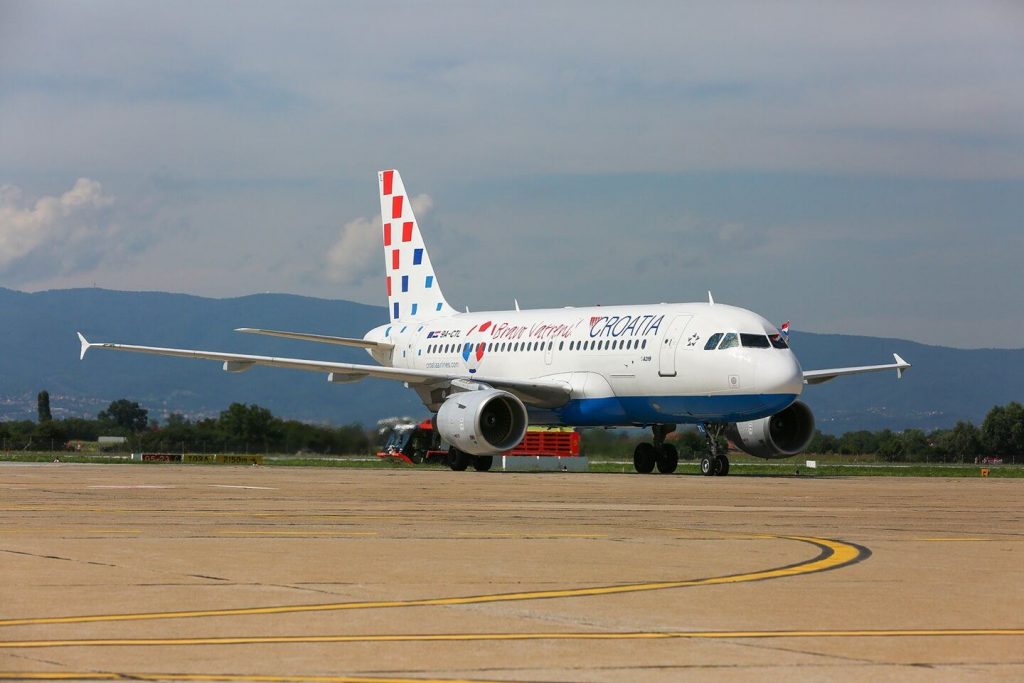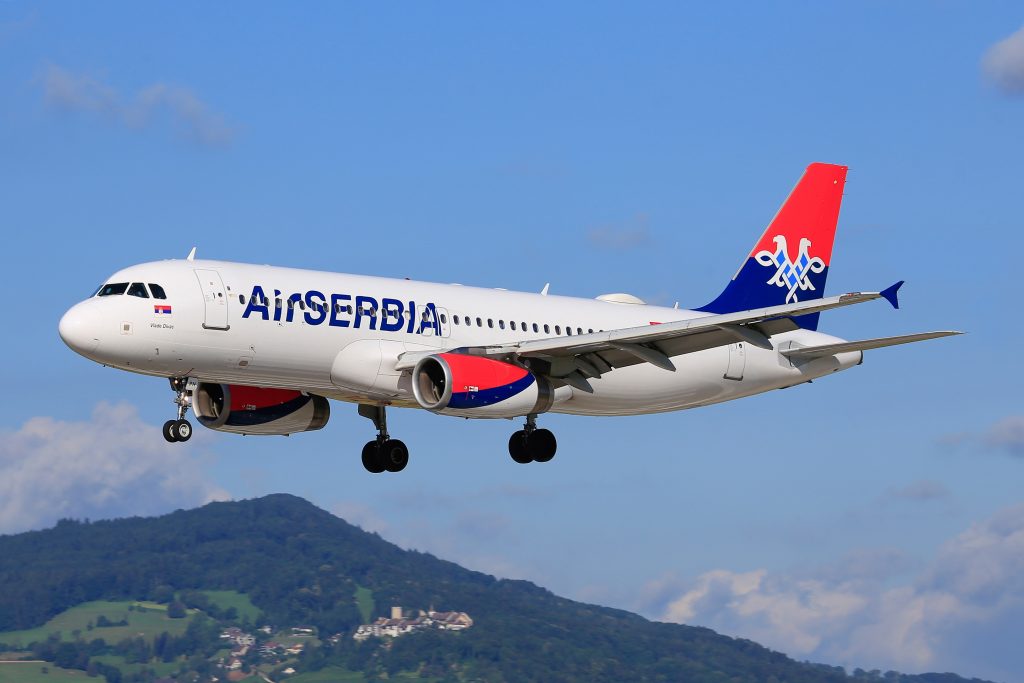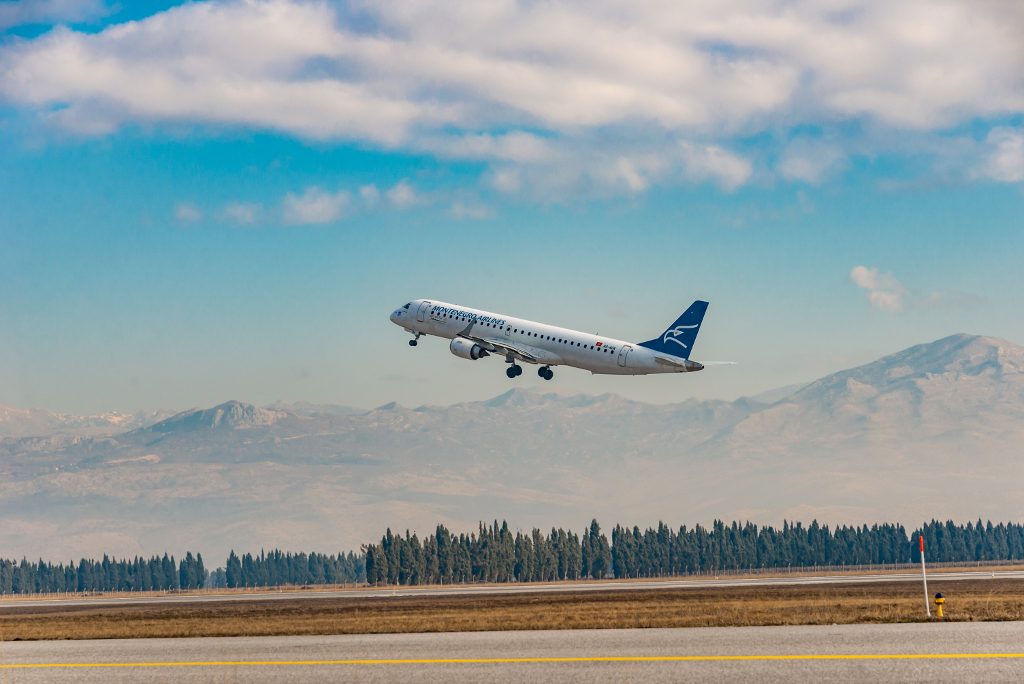Maybe pandemics and travel ban aren’t the major causes for the collapse of airlines, but it appeared as a point of no return
Only before pandemics started did Adria Airways go bankrupt. Someone might say that Slovene national Airlines was saved from the industry crash going into history.

One of the most challenging eras for aviation has come, and survivers have started to fight another struggling battle for air. The collapse of air travel was inevitable immediately after the pandemic outbreak when the travel ban was introduced globally.
No sooner was the World stopped, being in red changed its meaning from “getting through “to “going to die. ” Only a few airlines post optimistic balance sheets with enough cash needed to survive, but most of them, including the largest, are stalled.
Costs in the airline industry usually are enormous, and it only could be covered with steady growth, which was (and still are) impossible to achieve.
International Air Travel Association (IATA) published many reviews claiming that Covid-19 pandemics caused unprecedented crises in the airline industry. Consequently, many bankruptcies were seen all over the Globe with the weak prospect for a recovery.
“The magnitude of the COVID-19 crisis for airlines is enormous. Over the 2020-2022 period, total losses could top $200 billion. To survive, airlines have dramatically cut costs and adapted their business to whatever opportunities were available. That will see the $137.7 billion loss of 2020 reduce to $52 billion this year. And that will further reduce to $12 billion in 2022” said Willie Walsh, IATA’s Director-General.
“We are well past the deepest point of the crisis. Though serious issues remain, the path to recovery is coming into view. Aviation is demonstrating its resilience yet again” – Willie Walsh, IATA
The situation in Southeast Europe wasn’t different. Difficult times haven’t come; it was here already, and the travel ban only froze local airlines in a cramped position.
But, contrary to other airlines elsewhere, regional ones took their chance for repositioning and reorganization. Well, some of them. Croatian Airlines is still finding its way, which is not any different than before Covid-19. Croatian national airline has been on the sideline for a long time, unsuccessfully trying to define itself. It wouldn’t be fair to say that pandemics cause their problems, but it is clear that problems emerged once the virus stopped the business. Both domestic and international travel was halted, and the already weak network from their Zagreb hub was simply shredded into pieces that are hard to glue again.

In August 2021, Croatia Airlines’ Supervisory Board accepts the Post-COVID Strategy proposal and Croatia’s flag carrier’s new development path. “Croatia Airlines remains committed to its primary objective – connecting the Republic of Croatia with the World throughout the entire year, both in good and bad circumstances, as a major segment of Croatia’s transport infrastructure,” said in their statement.
It was evident globally that airlines should act immediately and move impeccably and bold moves no sooner travel ban lifted. While Croats failed to be proactive and anticipate the end of travel stoppage, Serbian counterpart, Air Serbia, seems to do it properly.
Although not recognized as the brightest in the class for many years before, Serbian national airline made some surprisingly clever moves and succeeded in crises. Let’s go back to Adria Airways at this point. When Adria ceased its operations, Air Serbia promptly reacted by introducing more flights from Belgrade to Ljubljana, grabbing stranded passengers, and showing its unlooked-for potential of seizing the new market(s). Yes, it was before coronavirus spread, but when looking at that from this perspective, it was a kind of a probe that drafted an emergency response plan.

Air Serbia managed to turn the pandemics into leverage, at least in the SEE region, thanks to its ability to react quickly and fearless of any bureaucratic fine that might come from the Serbian and EU administration. As the European Common Aviation Area (ECAA) signatory, Serbia acts as a full member of the European Union when it is about aviation. Thus it is obliged to abide by all EU rules concerning air travel and market regulation, including rigorous protection of competition acts.
Let’s imagine a scene where there are many hungry people with thin wallets inside the supermarket, and suddenly power cuts. Those who never try to steal something or are just scared of sanctions are now tempted to grab just a piece of bread to survive. That’s precisely the same in the EU (and ECAA) right now when the administration slack usually rigid rules and turns off the lights at the market. Many airlines, including the largest like Lufthansa and Air France, embrace the chance to receive financial aids from their governments. European Commission decided to turn a blind eye to those so-called Covid-19 relief measures.

Both Croatia Airlines and Air Serbia received that aid which couldn’t be possible if no pandemics. Some airlines in the past disappeared just because they received cash from their governments, but the EU insisted that it must be paid back. (Let’s MALEV rest in peace).
Anyway, surviving the crisis seems easier for Air Serbia than Croatian Airlines. They both got some perks from the European administration lost inside the maze of strange decisions, but Serbian airline has beaten its path far away. When the travel bans around the Globe started to be released, Air Serbia discovered many new opportunities, which now show to be lucrative. That’s how Russia became a significant market for Serbian airline. Several secondary airports in remote Russian provinces (Rostov, Krasnodar) were included in Air Serbia’s network and dramatically raised the passenger numbers.
“We are happy with the success achieved with our services to the Russian Federation, as it indicates the promptness in adjusting to changes on the market. Rostov-on-Don is the third completely new destination in our network since the beginning of the pandemic, which is an additional reason to be satisfied with the results of this well-thought-out, but also very brave, decision,” said Jiri Marek, General Manager Commercial and Strategy at Air Serbia.
“We continue to monitor the global situation, and we react quickly to all changes in travel restrictions in order to use every opportunity” – Jiri Marek, Air Serbia
When all are drowning, the lighter one will easily stay above the water. Like that, smaller airlines in Southeast Europe are within seconds to death but still can take their breath. FlyBosnia, a small Bosnian start-up backed by Turkish Airlines in 2017, was forced to land due to Covid-19 before it properly took off. While it is easy to blame the pandemics for all failures, Bosnian attempt to establish its national airline, who knows which on order, was destined to fail. Turkish big brother has never been keen to make there a business. It was just propaganda used by Bosnian politicians, which has no foothold in economic reality. Today, only a few years after the promising beginning, the airline is grounded with no activities. And, no, pandemics have nothing to do with it. In fact, it helped!

Neighboring Montenegro experienced a crazy story. Their national airline, Montenegro Airlines, was overthrown in a blitzkrieg operation taken by the new government elected in December 2020. The old airline had a burden of corruption, debts, too many employees, political governance. The old establishment of the Democratic Party of Socialists (DPS) strongly opposed writing off Montenegro Airlines, but they were accused of destroying the airline by years of corruption and negligence. It was mission impossible to save it, after all. A new airline was born and was named Air Montenegro. Starting from scratch, literally in no time, the Montenegrin government set up flights despite the challenging times. From June 2021, Air Montenegro has been flying and trying to find its own safe apron in the disturbed market. Despite coronavirus!
The airline industry’s future is unpredictable, though, and no one could know if those business ventures will eventually succeed. There are some signs of recovery now when travel bans are being lifted. Vaccination helps a lot. The USA reopened its borders for all vaccinated passengers, which immediately boosted travel demand.
It is just possible to discuss and guess who has better crisis management, but the outcome could be seen only after the end of the pandemics if it ends.